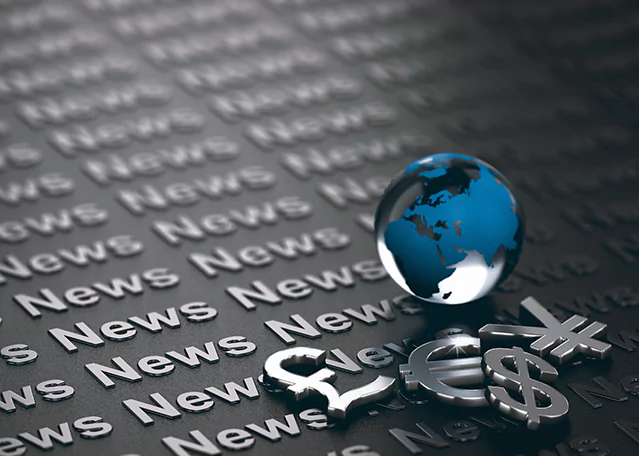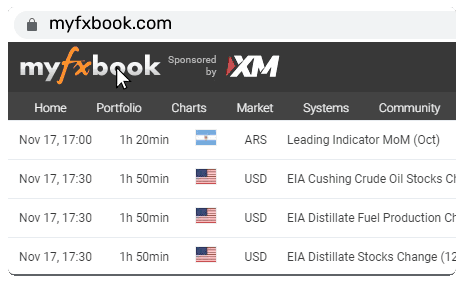Unpacking Dovish Signals, a Thorough Examination of the EURUSD Landscape in 2024

In recent engagements with some phone calls across Europe, a prevailing sentiment among EUR/USD investors has emerged, centring on the perceived dovishness of the European Central Bank (ECB). The consensus among market participants is that the relative ECB-Fed policy outlook plays a pivotal role in shaping the trajectory of this currency pair. The prevailing assumption is twofold: first, that the traditionally 'conservative' ECB will follow the more 'proactive' FED in the upcoming easing cycle, and second, that the ECB is more likely to disappoint the aggressive market rate cut expectations compared to the FED.
Numerous clients have emphasised their concerns about the recent surge in global transportation costs and the potential escalation of energy prices due to lingering geopolitical risks. This heightened volatility is perceived as a catalyst that could fuel Eurozone inflation, thereby causing further delays in any potential easing by the ECB. This evolving narrative underscores the complexity of the current economic landscape and its impact on currency dynamics.
A focal point of discussion during these calls that I’ve had has been the perspective that the ECB might adopt an even more dovish stance than the FED. This forms the basis of my bearish outlook for EUR/USD throughout the Q1 of 2024. Some analysis suggests that the ECB is closely monitoring indications of second-round disinflation effects, such as peaking wage growth and services inflation. These factors are anticipated to contribute to the continuation of a downward trend in core inflation, leading the Governing Council to downplay transitory spikes in cost-push inflation stemming from geopolitical risks.
Furthermore, my assessment indicates that the ECB is poised to accelerate its Quantitative Tightening (QT) in the coming months. This suggests a commitment to maintaining a relatively restrictive monetary policy stance, albeit with lower policy rates than in the past. This contrasts with a potential deceleration of the FED's QT, which could allow for a more accommodative monetary policy with less aggressive rate cuts.
Looking ahead, market participants will closely scrutinise the release of the minutes from the December ECB policy meeting, along with the latest Eurozone current account data. The focus will be on gathering insights into the Governing Council's deliberations on inflation, interest rates, and QT. Anticipation surrounds confirmation that, while rate cuts remain a distant prospect, the ECB perceives Eurozone inflation as moving in a positive direction, potentially paving the way for easing later in the year. Additionally, attention will be given to any indications of a trade-off between a more aggressive QT and the necessity to maintain rates in a very restrictive territory.
In the absence of any substantial hawkish surprises, the vulnerability of EUR/USD to further deterioration in risk sentiment, fuelled by tighter global financial conditions in the near term, remains a notable consideration. As we navigate the evolving landscape of monetary policy and economic indicators, the intricate dance between the ECB and the FED will continue to shape the future path of EUR/USD in the global currency markets.
This content may have been written by a third party. ACY makes no representation or warranty and assumes no liability as to the accuracy or completeness of the information provided, nor any loss arising from any investment based on a recommendation, forecast or other information supplied by any third-party. This content is information only, and does not constitute financial, investment or other advice on which you can rely.



















